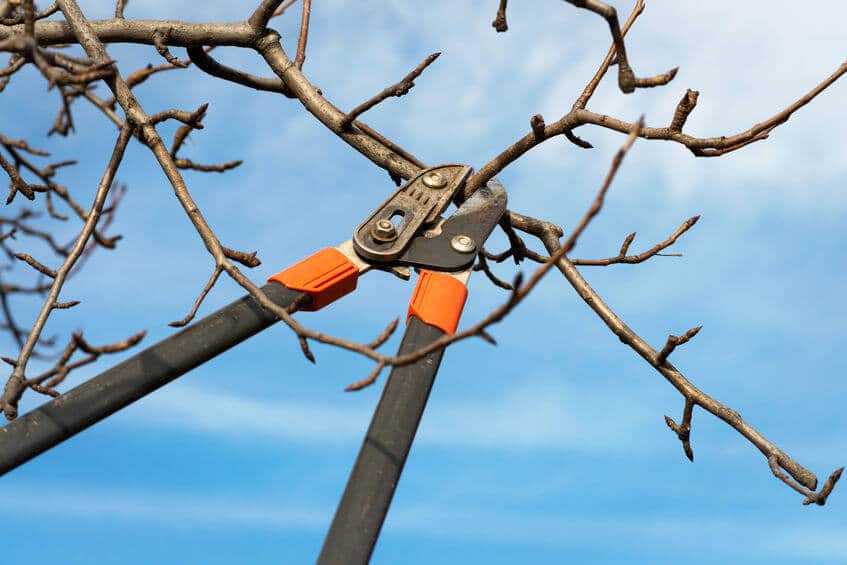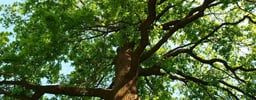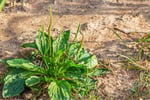Wondering when to start lawn care after winter? As winter loosens its hold and signs of spring emerge, homeowners and property managers turn their attention to revitalizing their lawns after months of dormancy. The transition from winter to spring marks a critical period for lawn care. With proper attention and timing, property owners can nurture a vibrant and resilient turf with some professional help.
 Timing Your Lawn Care Activities
Timing Your Lawn Care Activities
The importance of post-winter lawn care cannot be overstated. Winter weather can wreak havoc on lawns, leaving behind a host of challenges such as snow mold, soil compaction, and dehydration. Neglecting to address these issues promptly can result in long-term damage and diminished turf health.
However, the key to successful lawn care lies not only in diligence but also in timing. The moment to initiate post-winter lawn care activities can vary greatly depending on factors such as grass type, geographical location, and local climate conditions.
The National Oceanic and Atmospheric Administration (NOAA) reports that the country has experienced one of the warmest winters on record. States with milder winters, such as California or Florida, may see an earlier onset of spring-like weather, allowing for an earlier start to lawn care tasks. On the other hand, states with colder or more variable winters, such as Minnesota or New York, may need to exercise caution and wait until the threat of frost has passed before beginning lawn care activities.
In this guide, we'll dive into the essential steps and considerations for effective post-winter lawn care. You'll learn when to start lawn care after winter, how to assess your lawn's condition, and other valuable insights and practical tips to help you achieve a lush, healthy lawn that thrives throughout the season.
Determining When to Start Lawn Care After Winter
As the frost thaws and the days lengthen, property owners can eagerly anticipate rejuvenating their lawns after the harsh winter months. However, knowing when to initiate post-winter lawn care is crucial for optimal results. Several factors influence this decision, including the type of grass you have, your geographical location, and the local climate conditions.
1. Grass Type
Grass type plays a significant role in determining the appropriate timing for lawn care activities. Cool-season grasses, such as Kentucky bluegrass and fescue, typically require attention earlier in the season, as they emerge from dormancy earlier than warm-season varieties like Bermuda grass or zoysia. Understanding the specific growth patterns of your grass type will help you gauge when to start your lawn care regimen.
2. Your Location
Geographical location also impacts the timing of post-winter lawn care. Areas with milder winters may experience an earlier onset of spring-like conditions, allowing for an earlier start to lawn care tasks. Conversely, regions with lingering cold temperatures or persistent snow cover may necessitate a delayed approach to avoid potential damage to emerging grass.
3. Local Climate
Local climate conditions further refine the timing of post-winter lawn care. Monitoring your area's temperature trends and precipitation levels can help you determine when it's safe to begin activities like aeration, fertilization, and overseeding. Starting too early risks exposing fragile grass to late-season frosts or promoting excessive growth before the soil has adequately warmed.
Understanding the risks associated with starting lawn care too early or too late is essential for maintaining a healthy lawn. Initiating tasks prematurely can subject grass to stress and damage, while delaying essential care measures may hinder its recovery and growth potential. Striking the right balance requires careful observation and consideration of both environmental cues and grass health indicators.
For general guidelines on when to start lawn care after winter, consult local agricultural extension offices or reputable lawn care professionals familiar with your region. They can provide tailored recommendations based on your grass type, climate conditions, and geographical location, ensuring your lawn receives the care it needs at the optimal time.
 Assessing Your Lawn's Condition
Assessing Your Lawn's Condition
Before diving into post-winter lawn care activities, it's crucial to assess the current condition of your lawn. Winter weather can take its toll, leaving many issues that must be addressed for optimal growth and health. Here's how to evaluate your lawn and identify common post-winter problems:
How to Inspect Your Lawn for Winter Damage
- Begin by walking around your property, paying close attention to areas that may have been particularly susceptible to winter damage, such as north-facing slopes or low-lying areas where snow accumulates.
- Look for signs of dead patches, which may appear brown or flattened compared to the surrounding grass.
- Check for excessive thatch buildup, a layer of dead grass and debris that can inhibit water and nutrient absorption.
- Watch for signs of pest infestations, such as burrowing tunnels or chewed grass blades, which can become more apparent as the weather warms.
Take notes and photographs during your assessment to document any areas of concern. This documentation will serve as a valuable reference throughout the lawn care process, allowing for better progress tracking and identifying recurring issues in subsequent seasons.
By thoroughly assessing your lawn's condition, you can develop a targeted approach to post-winter care that addresses specific problems and sets the stage for a lush, healthy lawn in the months ahead.
Essential Post-Winter Lawn Care Practices
Essential post-winter lawn care practices play a crucial role in rejuvenating turf health and promoting lush, vibrant growth:
- Aeration: This is a fundamental practice that alleviates soil compaction, enhances root development, and improves nutrient absorption. Timing aeration in early spring allows for optimal root growth and nutrient uptake.
- Dethatching: This next step removes accumulated debris and dead grass, preventing moisture retention and disease. Conducting dethatching annually or as needed maintains optimal turf health.
- Fertilization: Fertilization replenishes essential nutrients depleted during winter, promoting vigorous growth and vibrant color. Selecting the appropriate fertilizer type and applying it in early spring ensures maximum effectiveness.
- Seeding or Sodding Damaged Areas: This practice restores lawn density and prevents weed encroachment. Timing seeding or sodding in early spring when soil temperatures rise facilitates rapid establishment and robust growth, ensuring a lush, healthy lawn throughout the growing season.
Property owners will benefit from professional lawn care providers' services if they need the tools or supplies necessary for post-winter lawn care. They provide tailored programs to suit the needs of your lawn throughout the year.
Work With Seasoned Lawn Care Professionals
Senske is a trusted lawn care company that has proudly served communities in Utah, Washington, Idaho, and Colorado since 1947. Call (877) 944-4007 or fill out our online contact form to request an estimate from our specialists.










